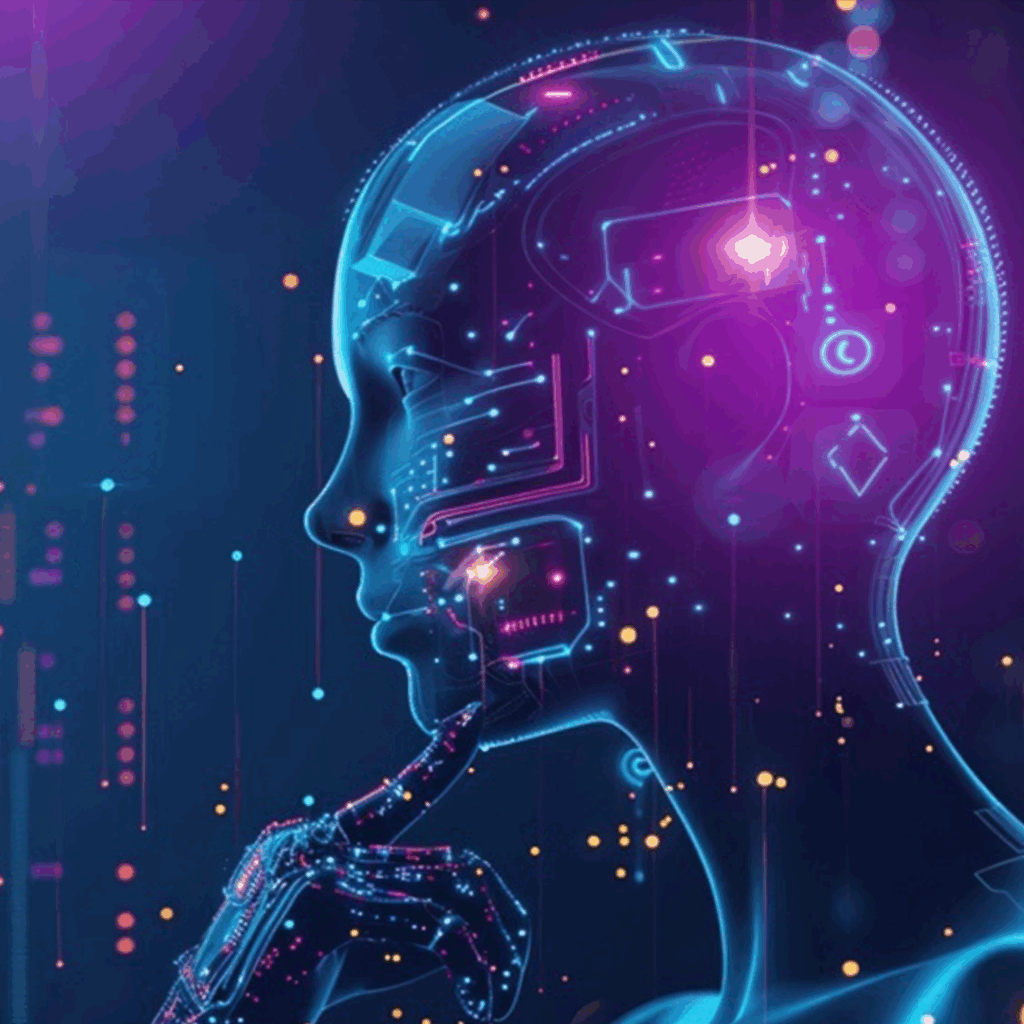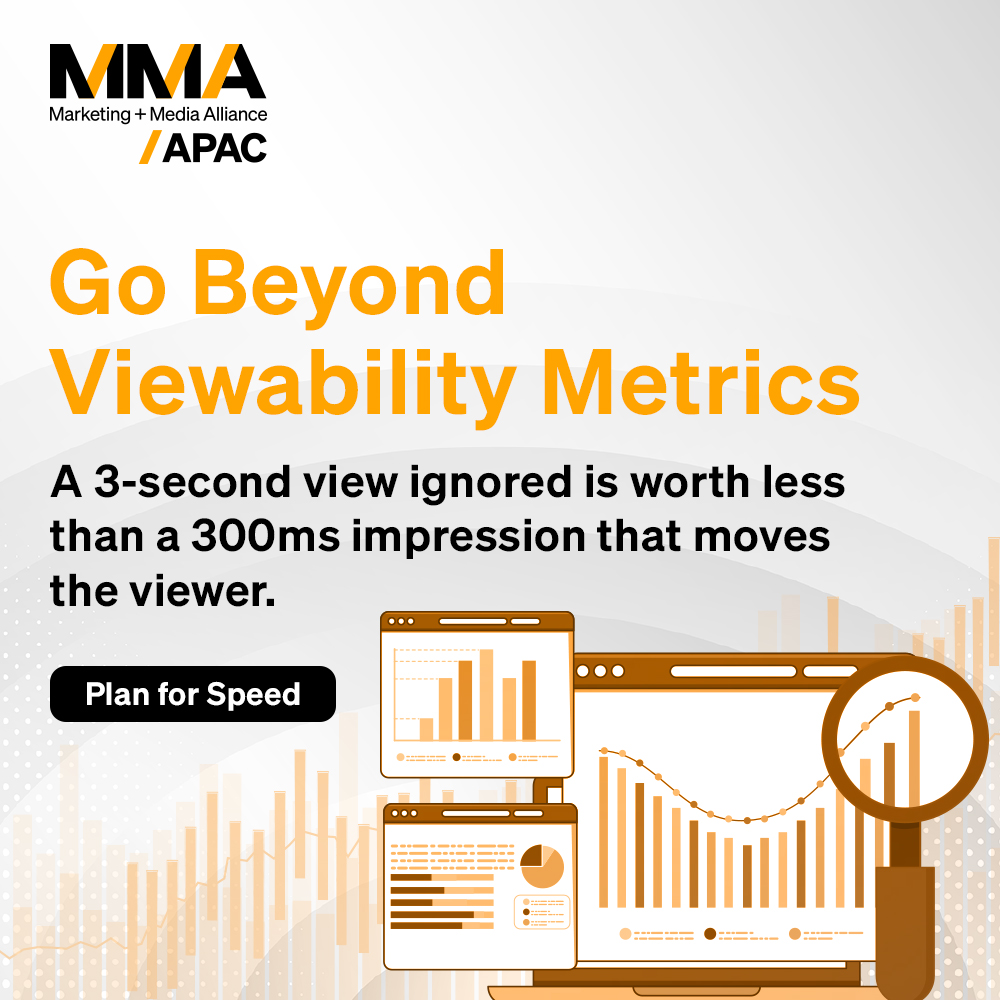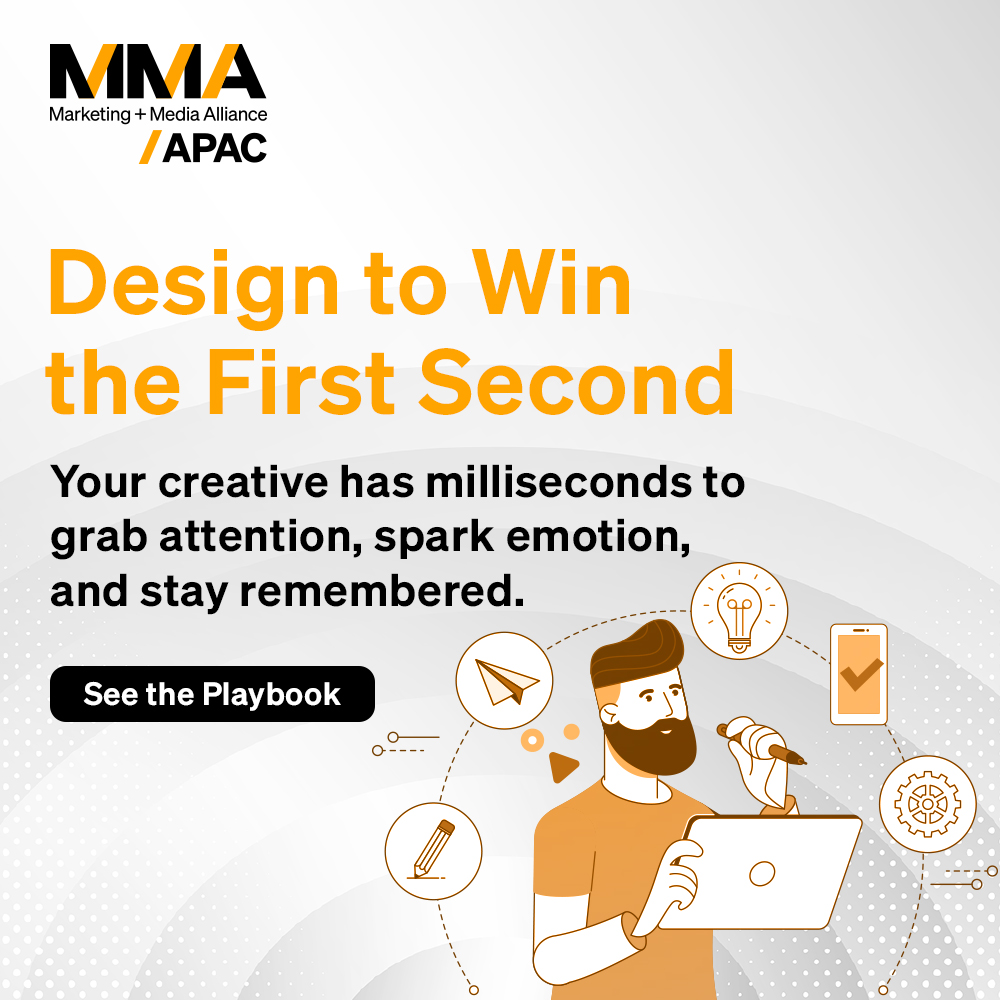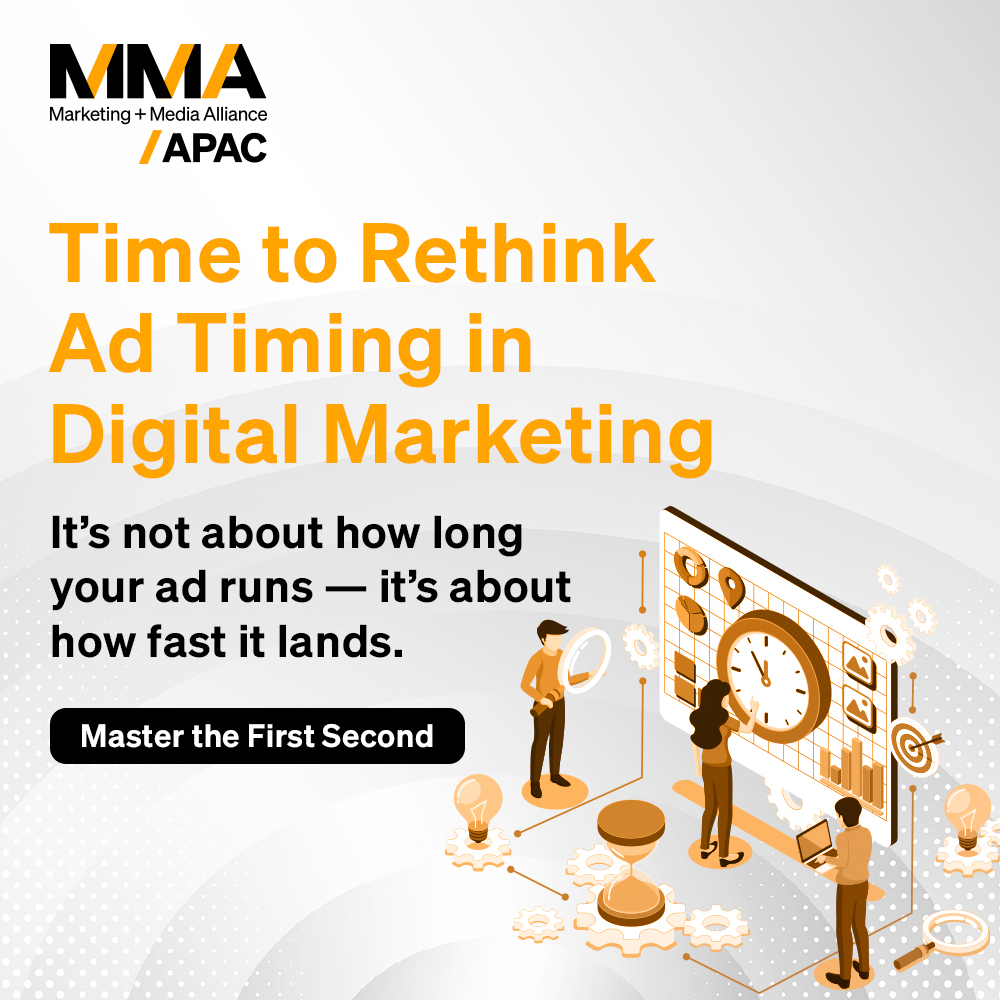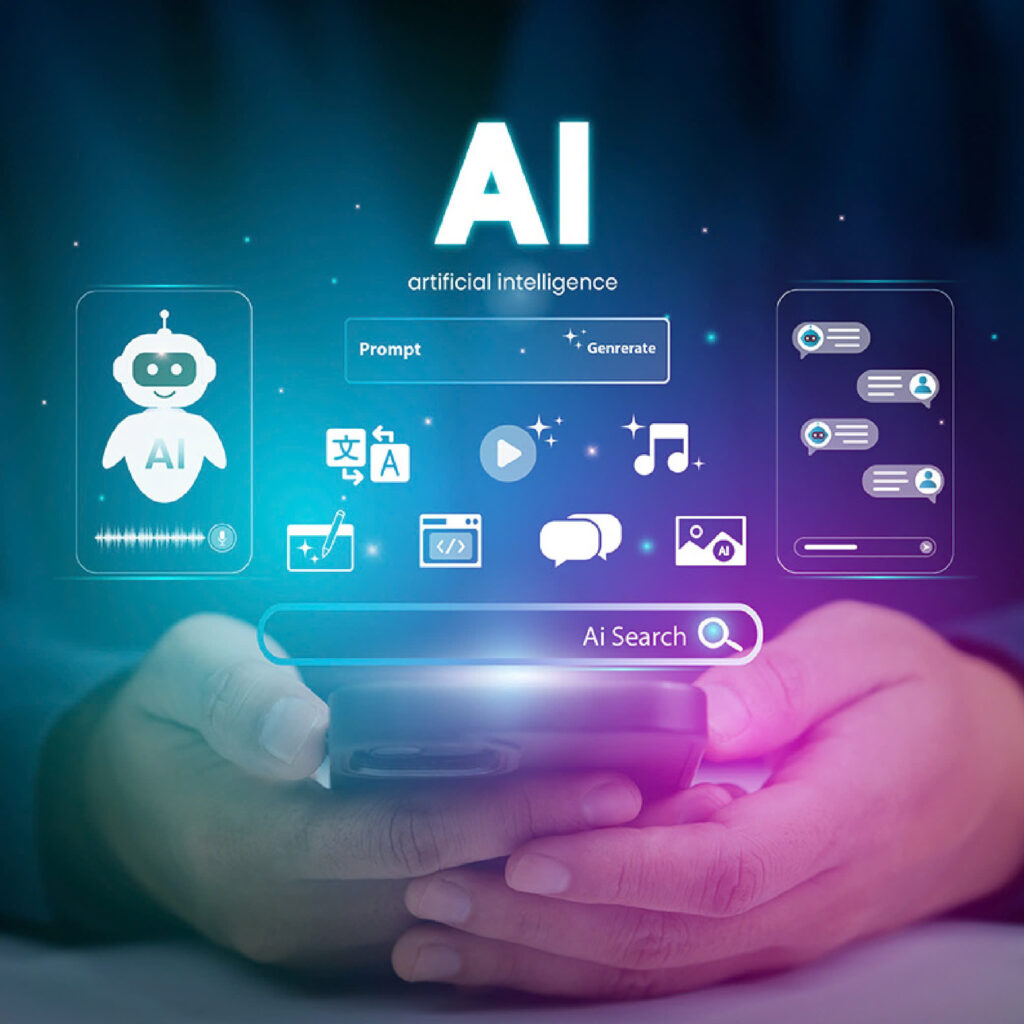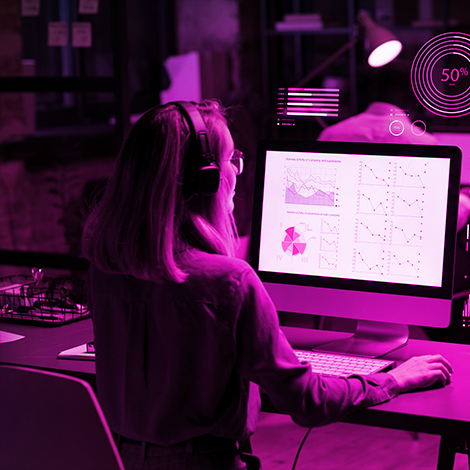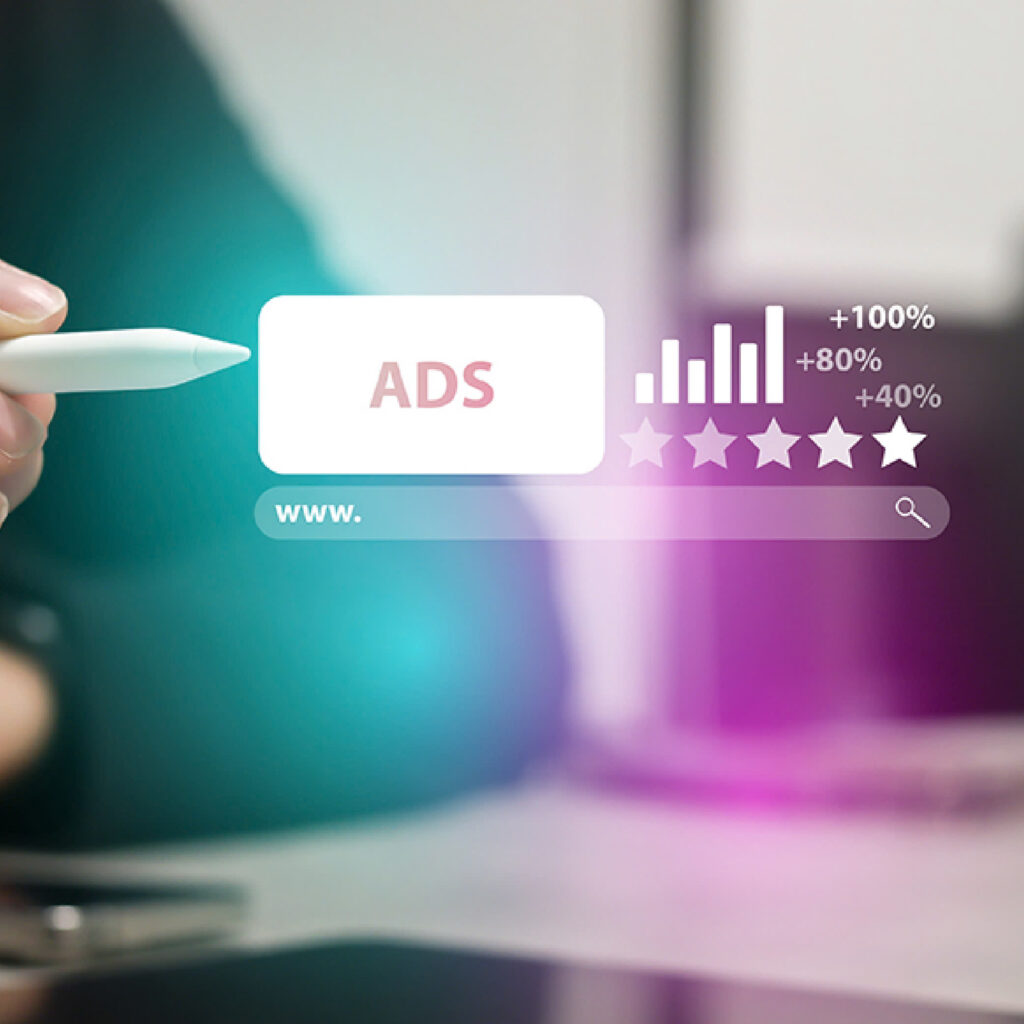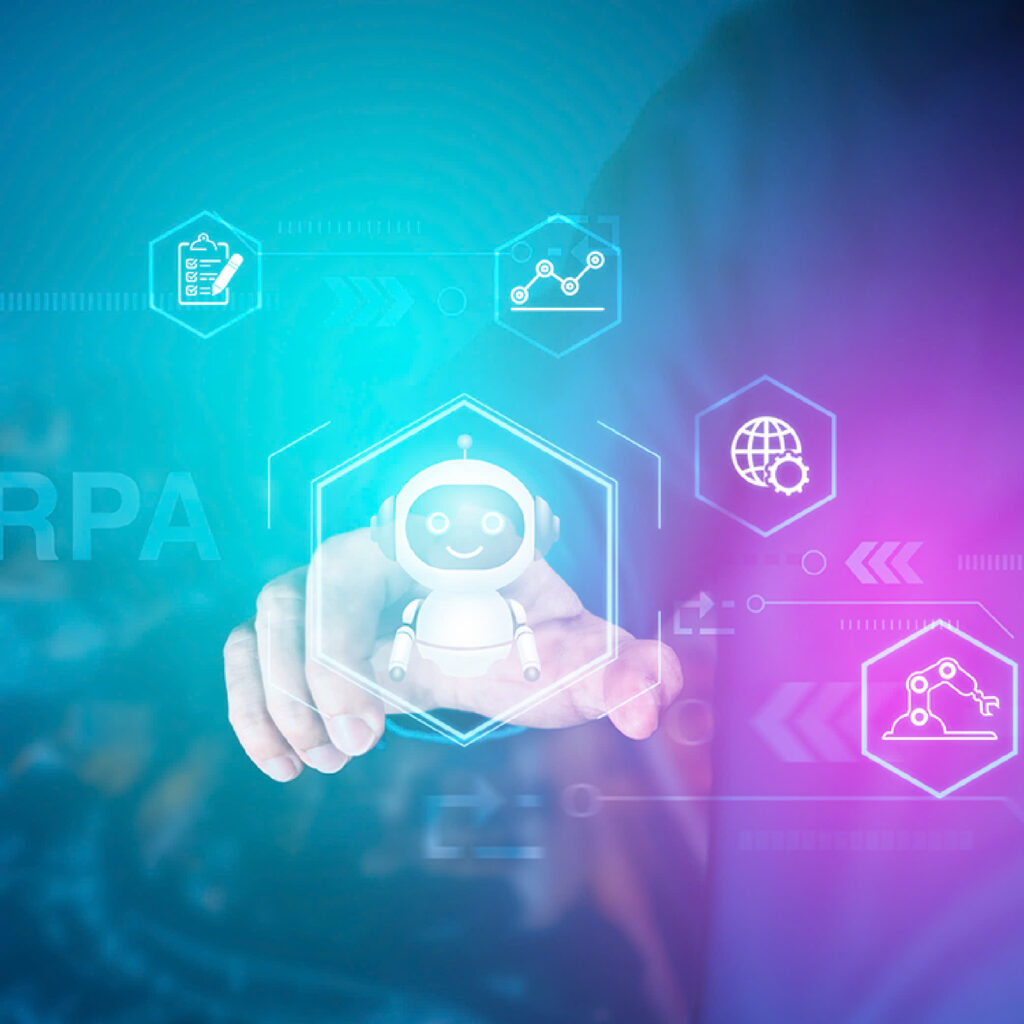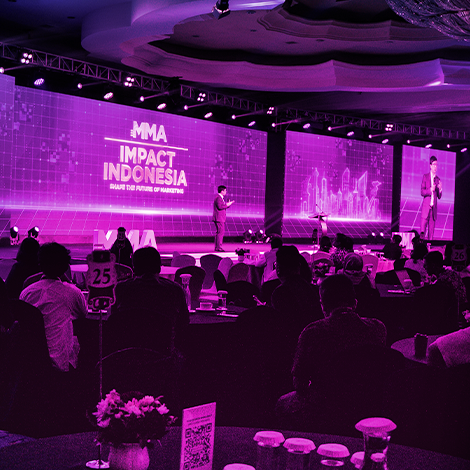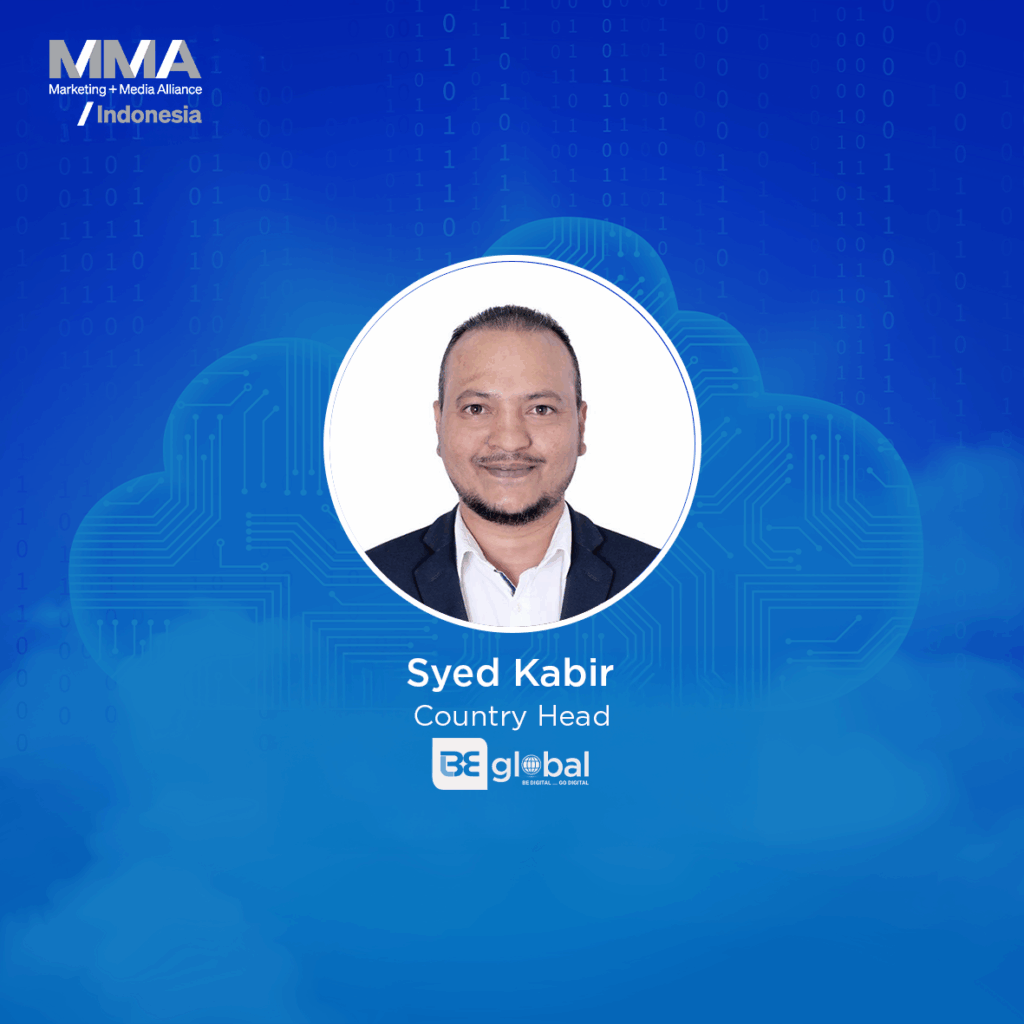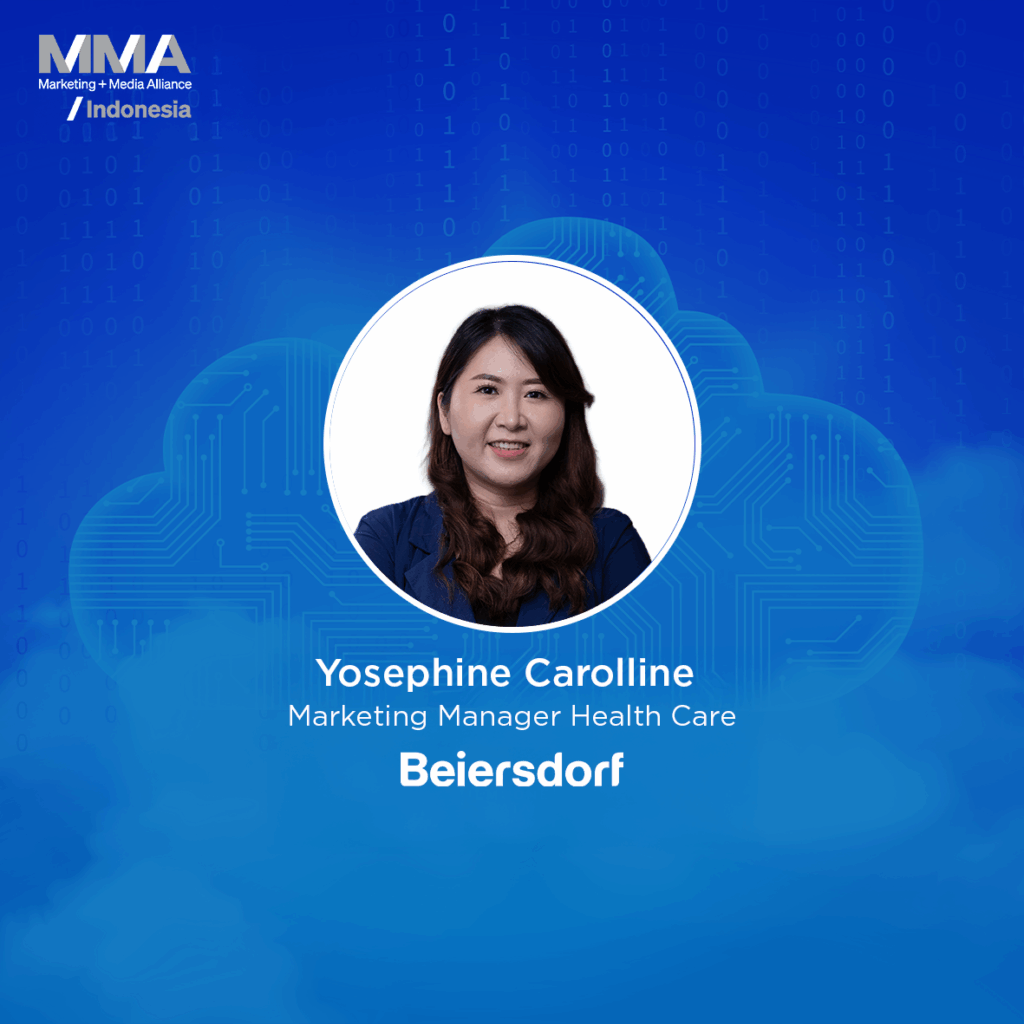
We hear it often: personalization is the future of marketing. For AI, it’s not just important — it’s the foundation of how it creates value. But if personalization is so central to modern marketing, why do so many organizations struggle to deliver it effectively?
At a recent CAP panel, one statement set the tone for the discussion:
“It’s inevitable that our advertising will be created by machines and placed by machines.”
This isn’t hype. The technology to make it happen is already here. In fact, some brands are achieving extraordinary results by giving AI full control over the creative, targeting, and optimization process.
What Happens When AI Runs the Entire Process
In one CAP experiment, the marketing team allowed AI to manage the campaign from start to finish — without human intervention. The AI assembled creative elements, selected target audiences, placed ads, and optimized them in real time.
The results were remarkable:
- +92% lift in conversions vs. BAU
- +88% lift in actual sales
- $15:1 ROI on incremental AI tech cost
- Lift kept climbing to >500% by Week 4, while BAU plateaued and declined
What’s more, performance didn’t plateau as the campaign progressed. Instead, it improved over time as the AI learned from each interaction and adjusted accordingly.
Why Most Brands Still Struggle
If AI can deliver such dramatic results, why aren’t more organizations using it at scale? The answer comes down to three main challenges:
- Organizational alignment
While marketing leaders may be excited about AI personalization, aligning creative teams, media buyers, agencies, and internal stakeholders is no small feat.
- Process change
AI-driven campaigns operate on different timelines and workflows than traditional ones. Legacy approval processes and reporting cycles can slow things down.
- Mindset shift
AI often identifies winning messages that differ from human expectations. Learning to trust the machine’s judgment takes time and a willingness to challenge long-held assumptions.
Headless Marketing as a Solution
One approach that addresses these challenges is headless marketing. In this model, human teams define the strategy, set the brand boundaries, and establish the creative palette, while AI takes on execution. It tests creative variations, targets different audience cohorts, and scales the best-performing combinations in real time.
This division of roles allows human marketers to focus on brand stewardship and big-picture strategy, while AI works continuously to optimize performance at a pace no human team could match.
Why Acting Now Matters
The technology is ready. What’s holding most organizations back is not the capability, but the speed of adoption. Every month spent running small tests rather than scaling is a month competitors can use to gather more data, improve their AI models, and set new customer expectations.
The question is no longer whether AI can deliver personalization at scale. It’s whether your organization can adapt quickly enough to make the most of it.
Final Thought
Personalization is no longer a competitive advantage — it’s becoming a baseline expectation. AI already knows how to deliver it effectively. The organizations that will lead their industries are the ones that align, adapt, and act now.
